Supreme Court of India
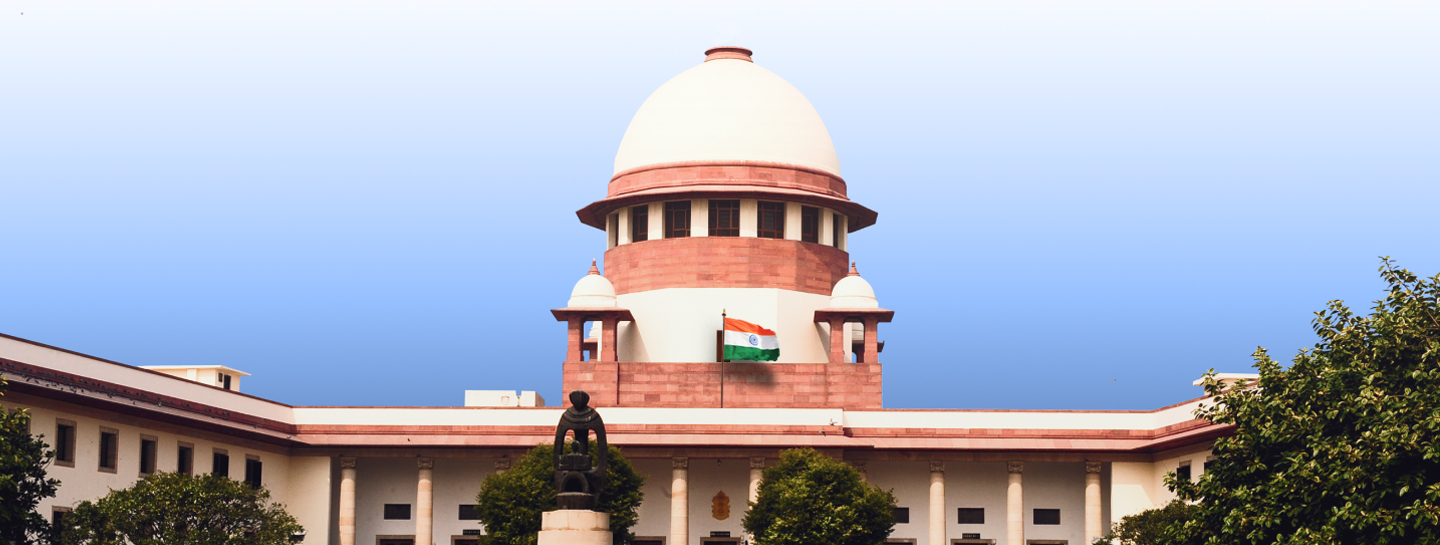
- 02 Sep 2024
In News:
On August 31, 2024, Prime Minister Narendra Modi inaugurated the National Conference of District Judiciary at Bharat Mandapam, New Delhi. This event marked the 75th anniversary of the Supreme Court of India, highlighted by the unveiling of a commemorative stamp and coin.
Supreme Court of India: History and Key Insights
The Origins of the Judiciary
- The concept of law, or Dharma, in ancient India was significantly influenced by the Vedas, which outlined rules of conduct and rituals in the Dharma Sutras. These texts addressed the duties of individuals and the rights of kings, forming the foundation of Hindu Law. The earliest systematic examination of jurisprudence can be found in Kautilya's Artha Sastra (circa 300 B.C.), particularly its third chapter, which discusses legal transactions and disputes.
Establishment of the Supreme Court
- The Regulating Act of 1773, enacted by the British Parliament, initiated the establishment of the Supreme Court of Judicature at Calcutta, with its Letters of Patent issued on March 26, 1774. This court had the authority to hear all complaints and lawsuits involving His Majesty’s subjects in Bengal, Bihar, and Orissa. Additional Supreme Courts were later established in Madras (1800) and Bombay (1823).
- The Indian High Courts Act of 1861 replaced these Supreme Courts with High Courts in various provinces, which became the highest judicial authorities until the Federal Court of India was created under the Government of India Act 1935. After India gained independence in 1947, the Supreme Court of India was formally established on January 26, 1950, with its inaugural session held on January 28, 1950.
- The Supreme Court's rulings are binding across India, and it possesses the power of judicial review to ensure that legislative and executive actions align with constitutional provisions and fundamental rights.
Structure and Functioning
- Initially, the Supreme Court operated for only a few hours each day and convened for 28 days a year. Today, it functions extensively, meeting approximately 190 days annually. The court was temporarily housed in the Parliament House before moving to its current location on Tilak Marg, New Delhi, in 1958.
- The court's architecture symbolizes justice, featuring a prominent dome and spacious corridors. It began with a Chief Justice and seven judges, with Parliament later increasing this number as the workload grew. Currently, the Supreme Court includes a Chief Justice and 30 judges.
Appointment and Qualifications of Judges
- Judges are appointed by the President of India, based on recommendations from a committee of senior judges (Collegium System). A candidate must be a citizen of India and have served as a High Court judge for at least five years or as an advocate for ten years. The age of retirement for judges is 65 years.
Judicial Independence and Removal
- Judicial independence is constitutionally protected. A Supreme Court judge can only be removed by the President on grounds of proven misbehavior or incapacity, following a resolution supported by a two-thirds majority in both Houses of Parliament.
Judicial Salaries and Provisions
- Judges’ salaries and pensions are defined by the Supreme Court Judges (Salaries and Conditions of Service) Act, 1958, and are charged to the Consolidated Fund of India.
Acting Chief Justice
- In the absence of the Chief Justice, the President appoints another judge as the Acting Chief Justice, as stipulated in Article 126.
Post-Retirement Opportunities
- While retired judges cannot practice law in India, they often serve in governmental roles, such as leading commissions. There have been calls for a "cool-off" period before such appointments.
Ad Hoc Judges
- Ad hoc judges may be appointed when necessary, and must meet the qualifications for Supreme Court judges. Retired judges can also be called back to serve temporarily.
Courts of Record
- Both the Supreme Court and High Courts are classified as courts of record, with the authority to punish for contempt as per Article 129.
Seat of the Supreme Court
- The Supreme Court is based in Delhi but can convene anywhere in India, with such decisions made by the Chief Justice in consultation with the President.
Samudra Pratap
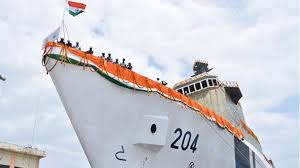
- 02 Sep 2024
In News
Recently, the Indian Coast Guard (ICG) proudly launched the first indigenously built Pollution Control Vessel, ‘Samudra Pratap’, in Goa.
Key Highlights of the Launch
- Vessel Details:
- Built by Goa Shipyard Limited (GSL), the vessel is specifically designed to combat oil spills along India’s coastlines.
- Dimensions: Length: 114.5m, Breadth: 16.5m, Displacement: 4170 T.
- The keel laying ceremony took place on November 21, 2022.
- Contract and Construction: GSL signed a contract worth Rs 583 crores for the construction of two Pollution Control Vessels for the ICG. This marks the first instance of such vessels being designed and built entirely in India.
- Significance of the Vessel: ‘Samudra Pratap’ stands as a testament to India's shipbuilding capabilities, showcasing GSL's expertise in producing advanced Pollution Control Vessels and reinforcing India's commitment to indigenization in defense manufacturing.
Retired Sportsperson Empowerment Training (RESET) Programme
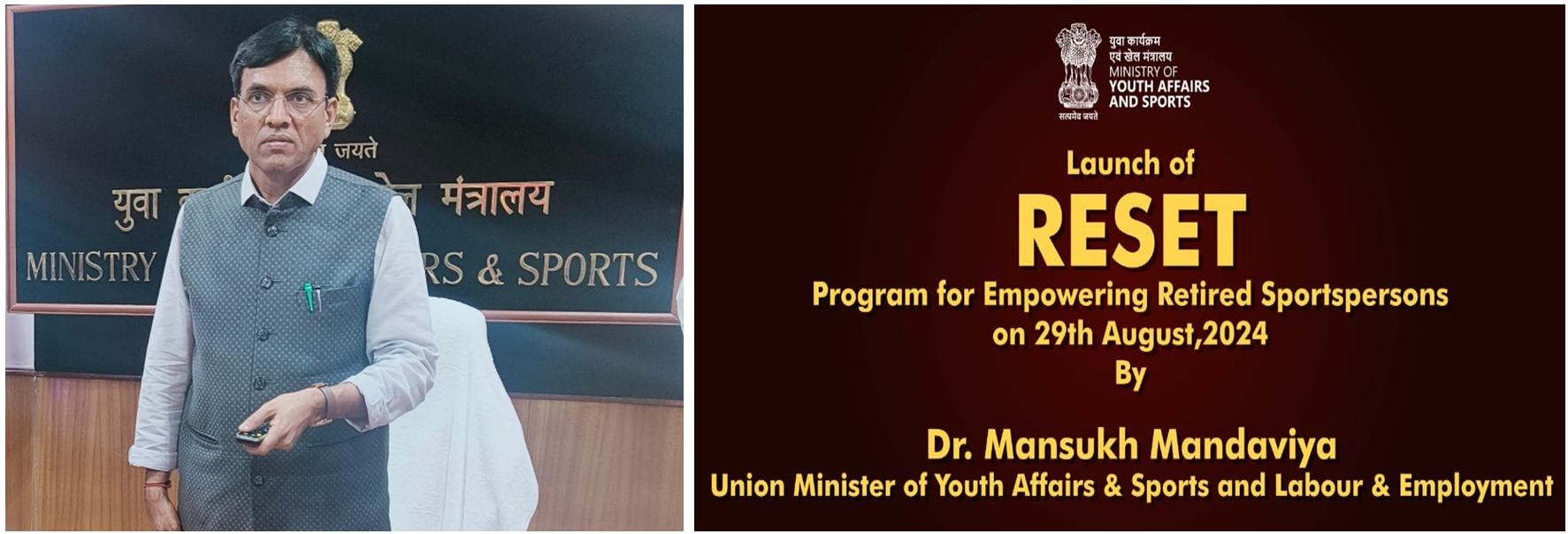
- 02 Sep 2024
In News:
Union Minister of Youth Affairs & Sports and Labour & Employment, Dr. Mansukh Mandaviya launched “Retired Sportsperson Empowerment Training” (RESET) Programme on the occasion of National Sports Day in New Delhi.
Key Highlights:
This programme aims to empower retired athletes by equipping them with essential career skills and knowledge, enhancing their employability and enabling them to contribute meaningfully to the sports ecosystem.
Eligibility Criteria
- Age: Retired athletes aged 20 to 50 years.
- Achievements:
- Must be winners of international medals or participants in international events.
- Alternatively, must have been national or state medallists or participants in competitions recognized by:
- National Sports Federations
- Indian Olympic Association
- Ministry of Youth Affairs and Sports.
Programme Structure
- Levels: Two tiers based on educational qualifications:
- Class 12th and above
- Class 11th and below
- Learning Mode: A hybrid approach, combining:
- Self-paced online learning through a dedicated portal.
- On-ground training for practical skill development.
Lead Institute
- Lakshmibai National Institute of Physical Education (LNIPE) will oversee the implementation and administration of the programme.
Support and Opportunities
- Placement Assistance: Comprehensive guidance for job placements in relevant sectors.
- Entrepreneurial Guidance: Support for athletes looking to start their own ventures in sports or related fields.
- Internships: Opportunities for hands-on experience in:
- Sports organizations
- Competitions
- Training camps
- Leagues
Implementation and Benefits
- Self-Paced Learning: Flexibility for participants to manage their learning schedules effectively.
- On-Ground Training: Hands-on practical sessions aimed at enhancing skills relevant to various career paths.
- Evaluation and Certification: Participants will be assessed and awarded a certificate upon successful completion, adding value to their career prospects.
The RESET Programme not only recognizes the achievements of retired athletes but also empowers them to leverage their experiences in new and impactful ways, fostering a robust sports ecosystem in India.
Queers can open Joint Bank Accounts
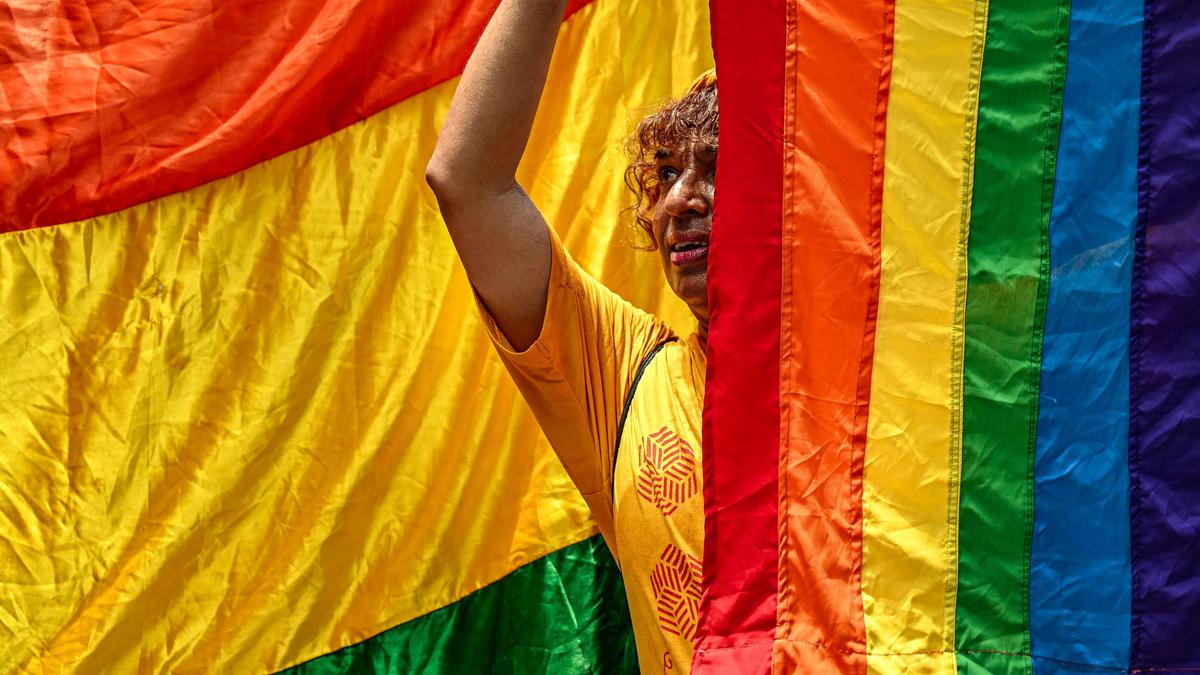
- 02 Sep 2024
In News:
Recently, the Union Government issued an advisory that LGBTQIA+ individuals and queer couples can open joint bank accounts. They can nominate each other as beneficiaries.
Key Details:
- Supreme Court Background:
- In October 2023, the Supreme Court of India urged the government to consider equal entitlements for partners in queer relationships.
- This was part of a judgment that did not recognize same-sex marriage but suggested enabling joint bank accounts and beneficiary nominations.
- Clarification from the Department of Financial Services:
- Issued on August 28, 2023, confirming no restrictions on opening joint accounts for the queer community.
- The Reserve Bank of India also clarified this to Scheduled Commercial Banks on August 21.
- Private Banks' Initiatives:
- Some banks, like Axis Bank, have been allowing joint accounts and beneficiary nominations for LGBTQIA+ couples since September 2021.
- Axis Bank expressed support for the Finance Ministry's advisory, noting alignment with its inclusive banking initiative.
- Government Committee Formation:
- In April 2023, a six-member committee was established to define entitlements for queer couples.
- Chaired by the Cabinet Secretary, it includes Secretaries from various ministries.
- The committee can co-opt experts if needed.
Project NAMAN
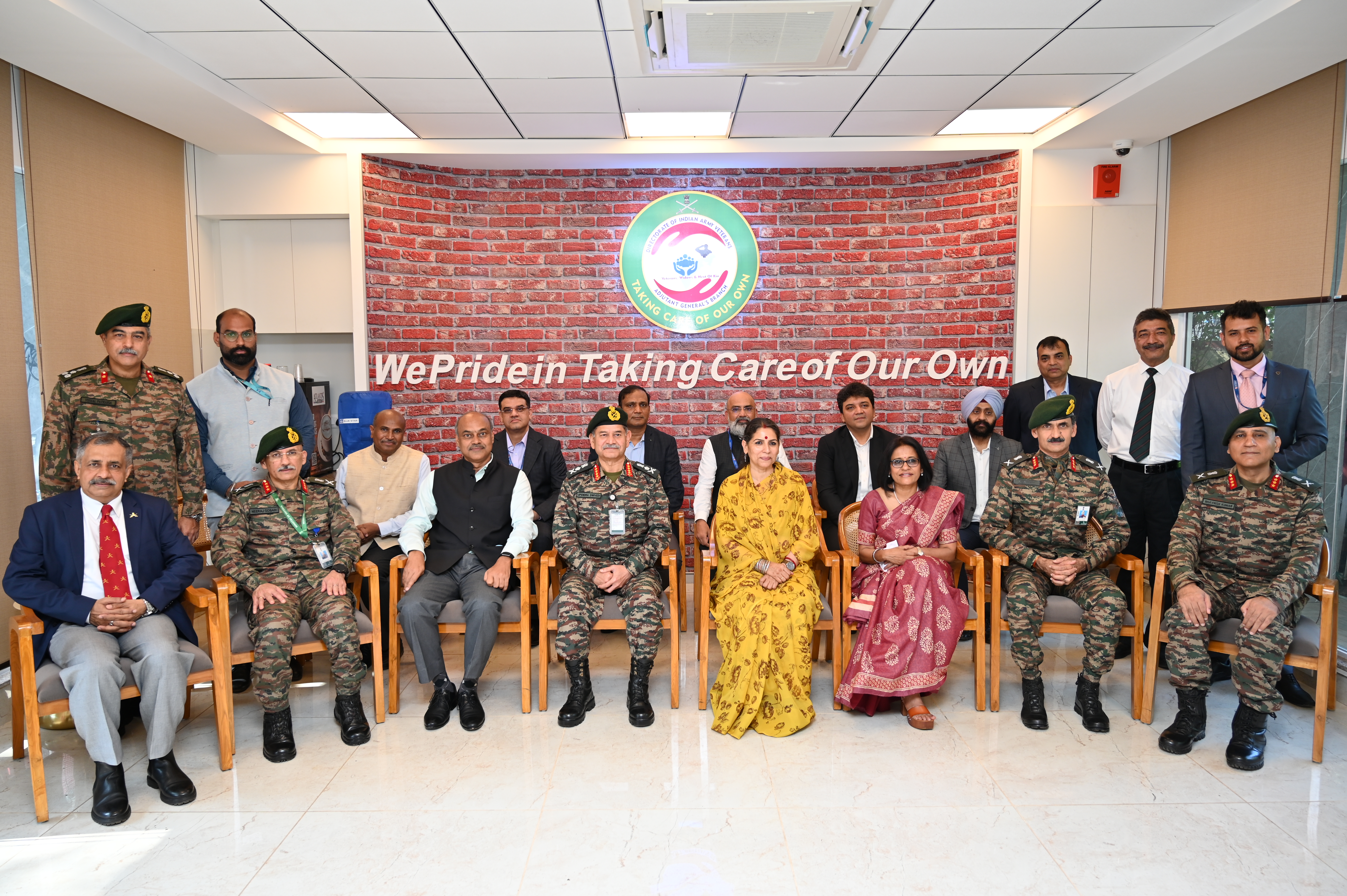
- 02 Sep 2024
In News:
- The Indian Army launched the first phase of Project NAMAN, aimed at supporting Defence Pensioners, Veterans, and their families.
- Key Features of Project NAMAN:
- Implements the SPARSH (System for Pension Administration Raksha) digital pension system.
- Streamlines pension processes and provides accessible facilitation points for Veterans and Next of Kin (NOK).
- Importance:
- Ensures care and support for veterans and their families.
- Services extended to residents of military stations and surrounding localities.
- Establishment of Common Service Centres (CSCs):
- Tripartite MoU signed between:
- Indian Army’s Directorate of Indian Army Veterans
- CSC e-Governance India Limited
- HDFC Bank Limited
- CSCs provide:
- SPARSH-enabled pension services
- Government to Citizen (G2C) services
- Business to Consumer (B2C) services
- Tripartite MoU signed between:
- Phase One Deployment:
- 14 CSCs established in key locations: New Delhi, Jalandhar, Leh, Dehradun, Lucknow, Jodhpur, Bengdubi, Gorakhpur, Jhansi, Secunderabad, Saugor, Guntur, Ahmedabad, Bangalore.
- Future expansion plans for approximately 200 centres nationwide in the next 2-3 years.
- Infrastructure Support:
- HDFC Bank provided necessary IT infrastructure.
- Local military stations contributed physical facilities.
- Community Engagement:
- Concept developed based on feedback from the Defence community.
- Promotes camaraderie among serving and retired Armed Forces personnel.
- Management of CSCs:
- Each CSC managed by a Village Level Entrepreneur (VLE) selected from veterans or NOKs by Local Military Authorities (LMAs).
- VLEs receive training from CSC e-Governance India Limited.
- HDFC Bank offers monthly grants of ?20,000 for the first 12 months to support VLEs.
- Conclusion:
- Project NAMAN reflects the Indian Army's commitment to veteran welfare.
- Offers SPARSH-centric services and entrepreneurial opportunities for Veterans and NOKs, empowering them to contribute to their communities.
